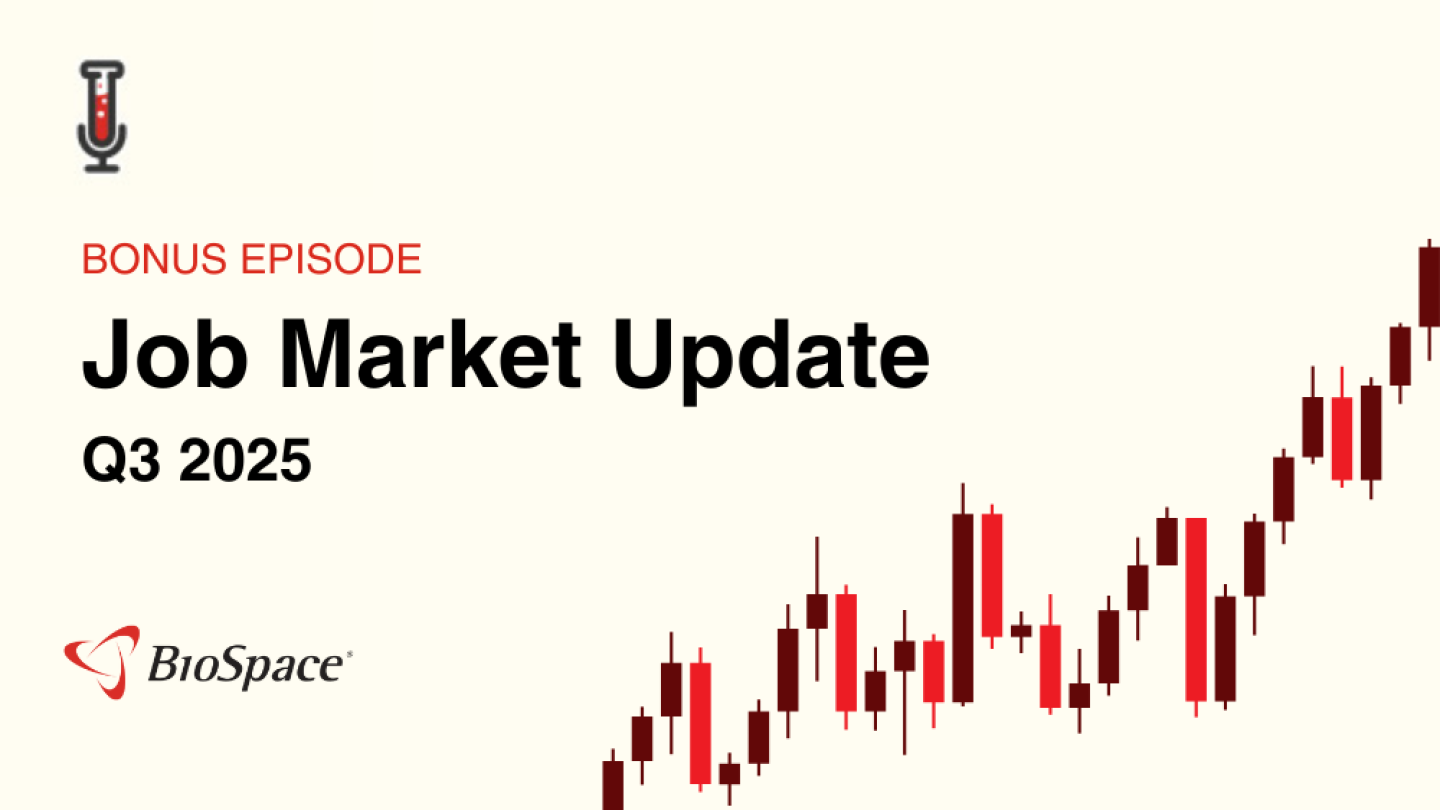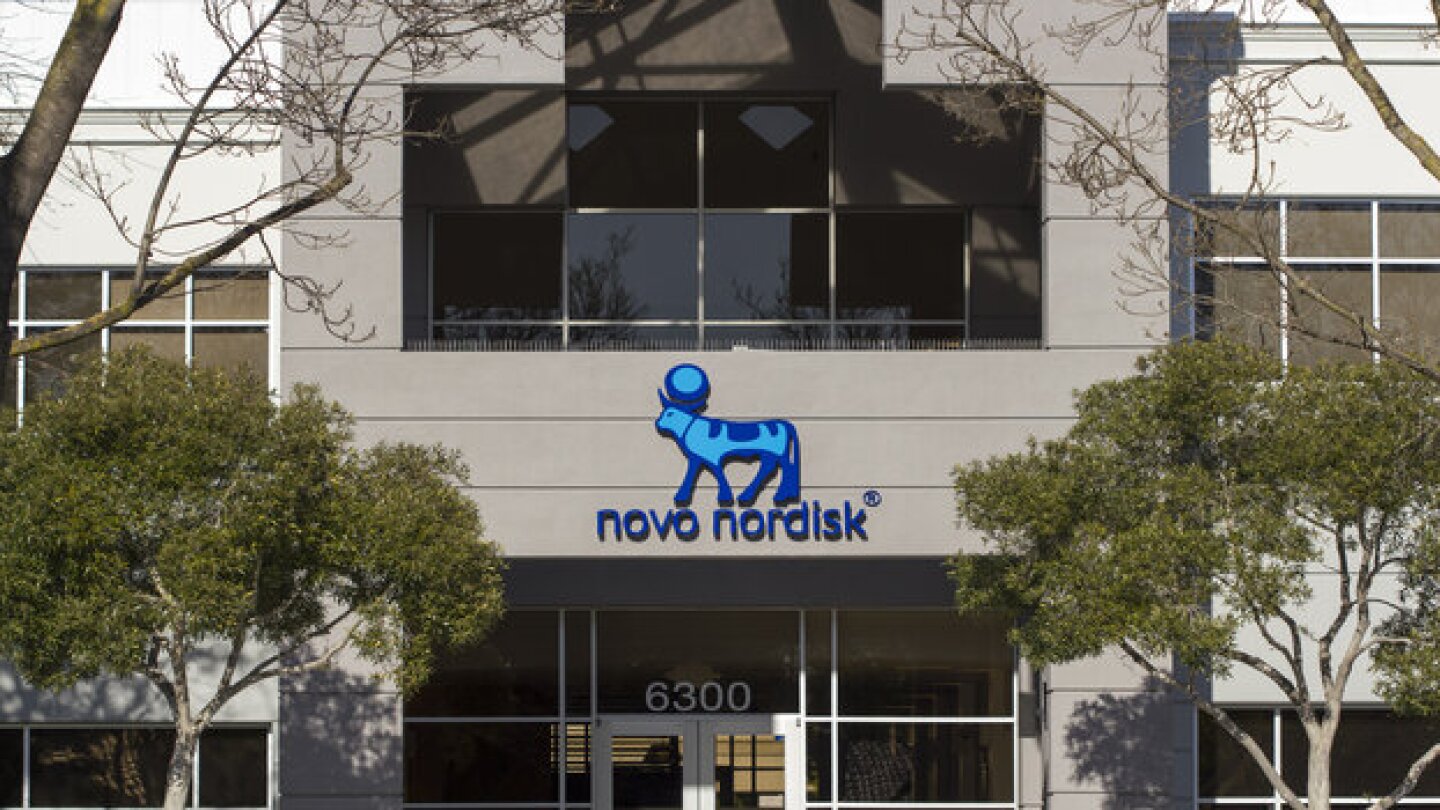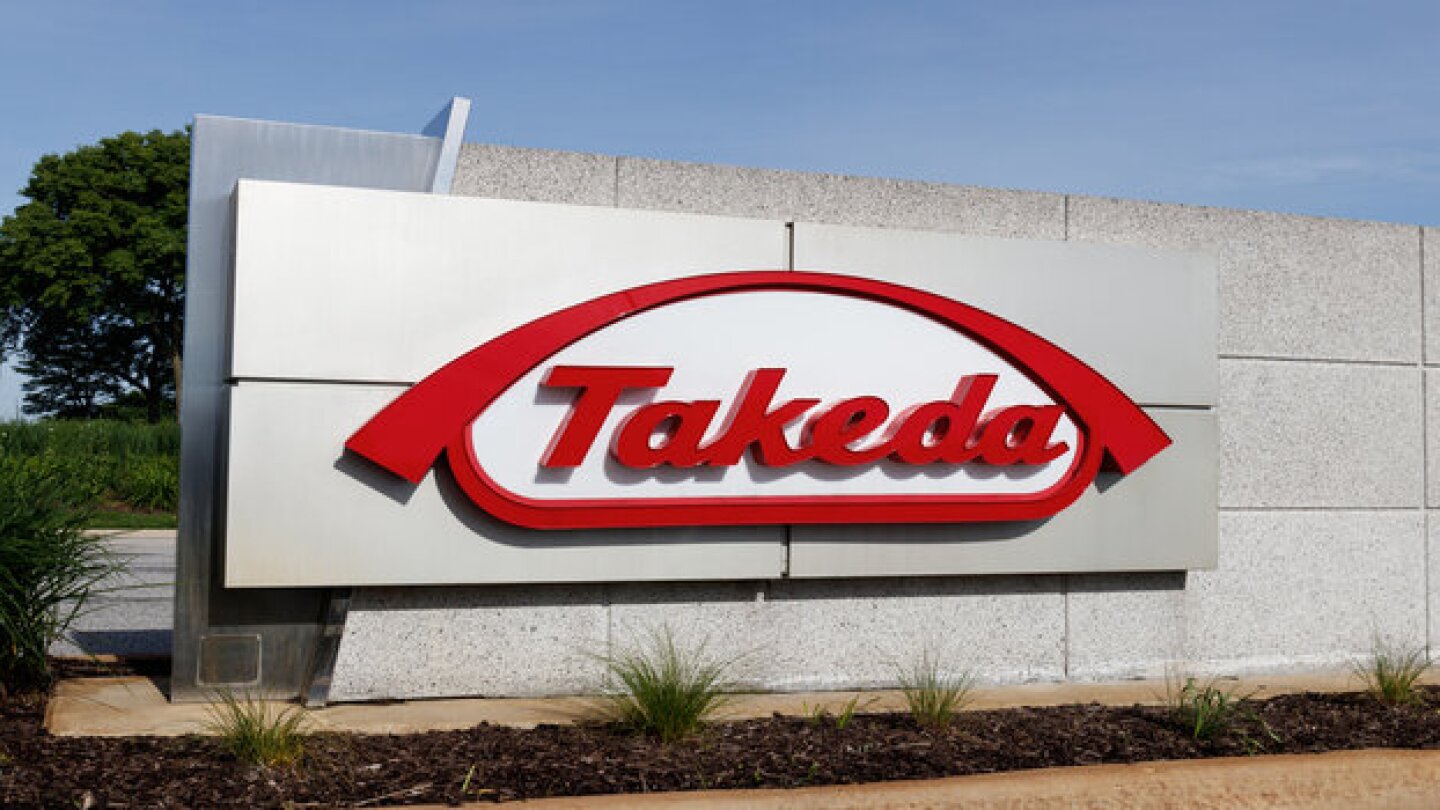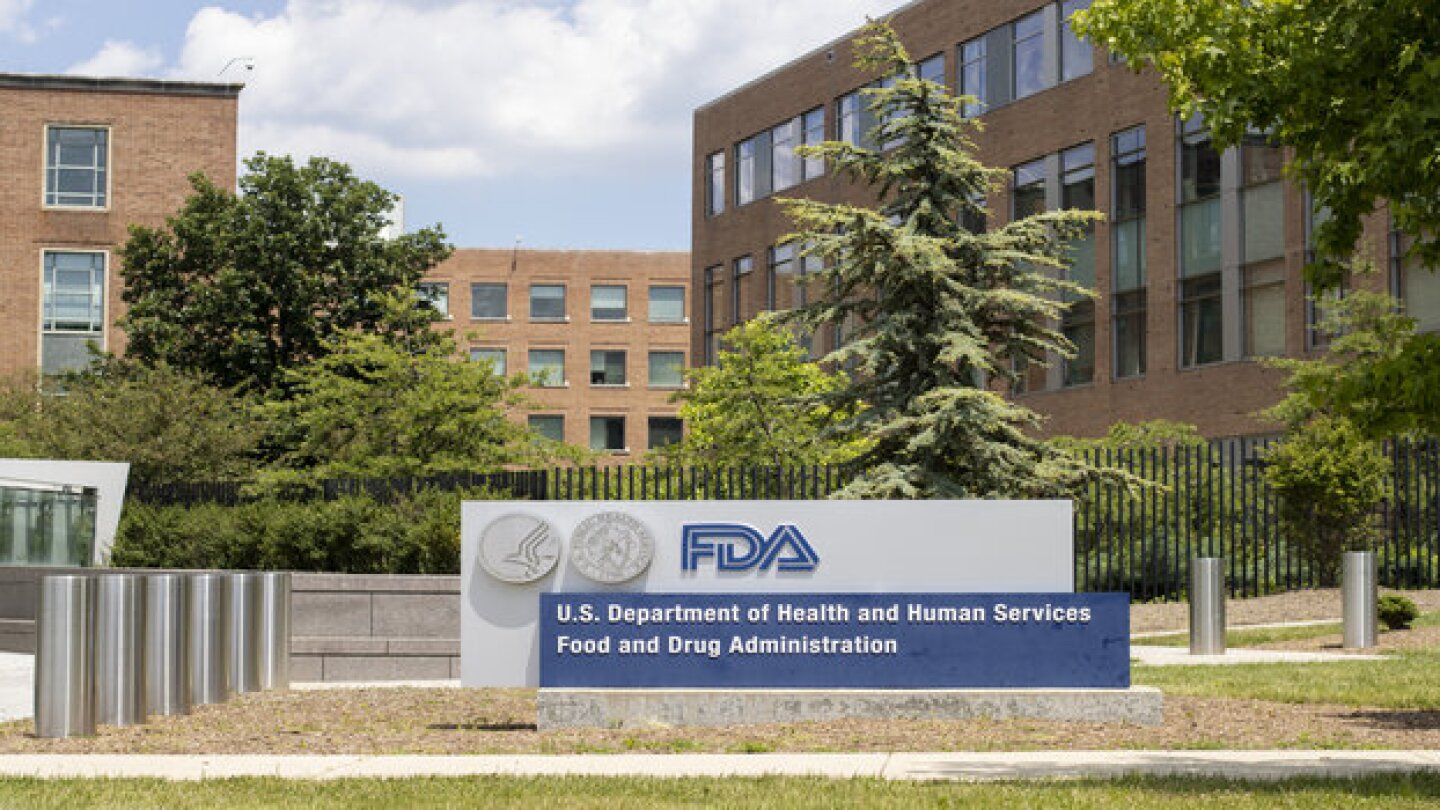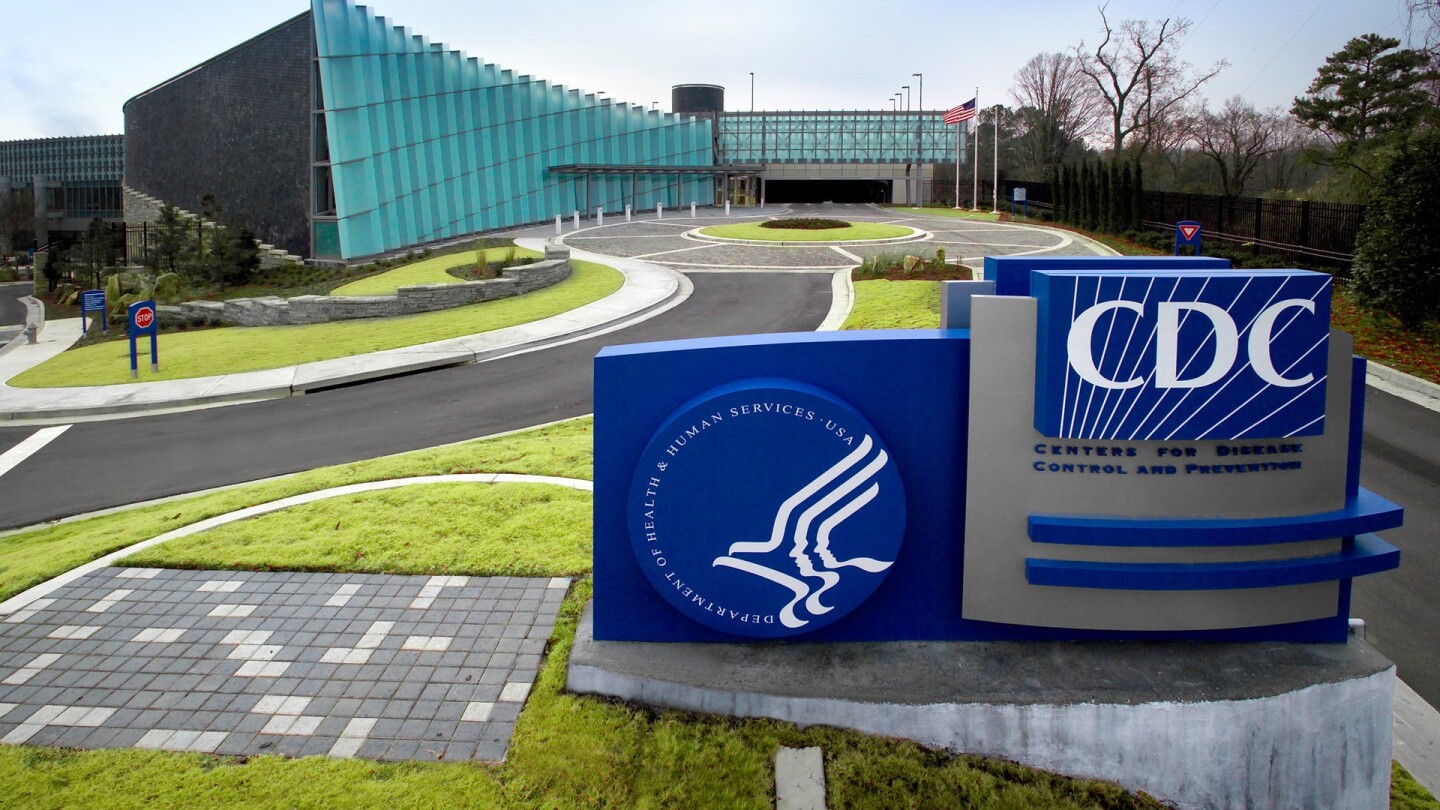News
While the threat of tariffs dies down for the pharma industry, President Donald Trump is reportedly weighing a new investigation that could result in import taxes against U.S. trading partners that don’t pay enough for drugs.
FEATURED STORIES
While last week’s recommended changes by CDC advisors to the MMRV vaccine schedule are unlikely to have a tangible effect on Merck’s business, the company said the removal of choice for healthcare providers is “concerning.”
Small and large drugmakers alike have made big, proactive moves to secure the production capacity that will be vital to serving the weight loss market.
The FDA’s proposed Rare Disease Evidence Principles review process is a starting point for getting rare disease therapies across the finish line, but industry leaders say there are more concrete steps the regulator could take to help patients.
Job Trends
Evonik’s latest layoffs are tied to discontinuing production of keto acids in Hanau, Germany, by the end of next year. Earlier this year, news broke the company is also cutting up to 2,000 employees globally by 2026.
FROM OUR EDITORS
Read our takes on the biggest stories happening in the industry.
Following restricted vaccine approvals and changes to CDC immunization schedules, Merck, Pfizer, GSK and Sanofi are all suffering revenue hits to their vaccine programs.
THE LATEST
Reporting third quarter earnings on Tuesday, Johnson & Johnson CEO Joaquin Duato said the healthcare giant has not yet secured a drug pricing deal with the White House, but discussions are ongoing.
Kailera’s lead asset, KAI-9531, elicited an average weight loss of more than 17% in a Phase III study in China. The biotech expects to launch a global late-stage program for the drug this year.
In this bonus episode, BioSpace’s Vice President of Marketing Chantal Dresner and Careers Editor Angela Gabriel take a look at Q3 job market performance, layoffs and wider employment trends and policies impacting the biopharma workforce.
Elecsys’ approval could help boost the uptake of currently approved Alzheimer’s disease therapies, including Biogen’s Eisai-partnered Leqembi, with CEO Chris Viehbacher recently noting that such biomarker-based tests could “remove some of the bottlenecks” in uptake.
J&J reports today, just two weeks after Pfizer secured certainty on tariffs and drug pricing. Analysts expect to hear about plans from the rest of the industry during third period earnings calls.
Slapped with the most severe post-inspection classification, the state of Novo Nordisk’s Indiana manufacturing site could pose a problem for clients, including Regeneron and Scholar Rock.
Nabla and Takeda first joined hands in 2022, to push “the boundaries of next-generation biologics discovery,” according to the startup’s CEO Surge Biswas.
While a new facility setup program aimed at encouraging onshoring received a positive reception at a recent meeting, industry representatives said the current rules on existing production plants are the main regulatory issues facing manufacturing teams.
Regeneron is aiming to file a regulatory application for DB-OTO by the end of the year.
The last few months have been tumultuous for the CDC, which has seen the ouster of Director Susan Monarez and all 17 members of the Advisory Committee on Immunization Practices.















